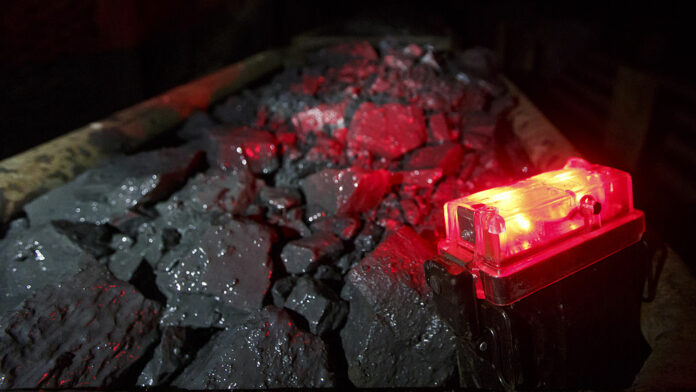
PALADIN Energy has cut uranium oxide production guidance after running into ramp-up problems at its Langer Heinrich mine in Namibia.
The Sydney-listed firm said on Tuesday it now expected to mine one million to 1.5 million pounds (lbs) less of uranium oxide than planned owing to grade variability of stockpiled ore and water shortages at the site.
A new production forecast of between three million to 3.5m lbs of uranium oxide (compared to four million to 4.5m lbs previously) has been set by the company. All other guidance, including total costs, had been withdrawn, it added. As of October the cost of production was $44/lb compared to a $28 to $31/lb target set out in June.
Shares in Paladin fell heavily following the update, closing down nearly 29% and taking year-to-date losses to just under 32%.
“Paladin notes that the increased range of potential production outcomes will have a material impact on the company’s unit operating costs and the realised price for uranium sales and forecast capital expenditure will be re-assessed given the LHM (Langer Heinrich mine) operational performance to date,” the company said.
As of end-October, with eight months of the 2025 financial year remaining, Paladin mined 826,346 lbs, roughly 18% of the upper end of its guided range and well within the lower end of guidance. However, a two week shutdown has been planned this month for “various improvements and operational upgrades to be implemented” at the mine, it said.
“Paladin expects production to be higher in the second half of [the] 2025 [financial year] as the company continues to work through the current challenges encountered at the LHM to date in ramping up operations,” it said.
Langer Heinrich was put in mothballs in 2018 amid a low uranium oxide price until Paladin’s current management started its redevelopment four years later. First shipments of uranium from the mine began in July.
Commenting on water issues at Langer Heinrich, the company said its storage facilities would be refilled during the shutdown. This would provide a buffer for Namibia’s summer when water supply is restricted. Additional water infrastructure was also being installed.
“The LHM is approximately seven months into a planned 21-month ramp-up period,” Paladin said. “Production levels are expected to increase as the overall ramp-up programme is progressed and due to the processing of higher grade mined ore which is expected to commence in the second half of [the] 2025 [calendar year].”
Paladin said it “remains confident” of hitting its targeted production run-rate of six million lbs annually by the end of the 2025 calendar year.
It has been a frustrating couple of months for Paladin as it is yet to receive final approval for its proposed C$1.1bn takeover of Fission Uranium Corp., a Canadian company.
The offer has been unanimously agreed by a special committeed formed by Fission Uranium but it is waiting on approval from Canada’s Minister of Innovation, Science and Industry in terms of Canada’s Investment Canada Act (ICA).











